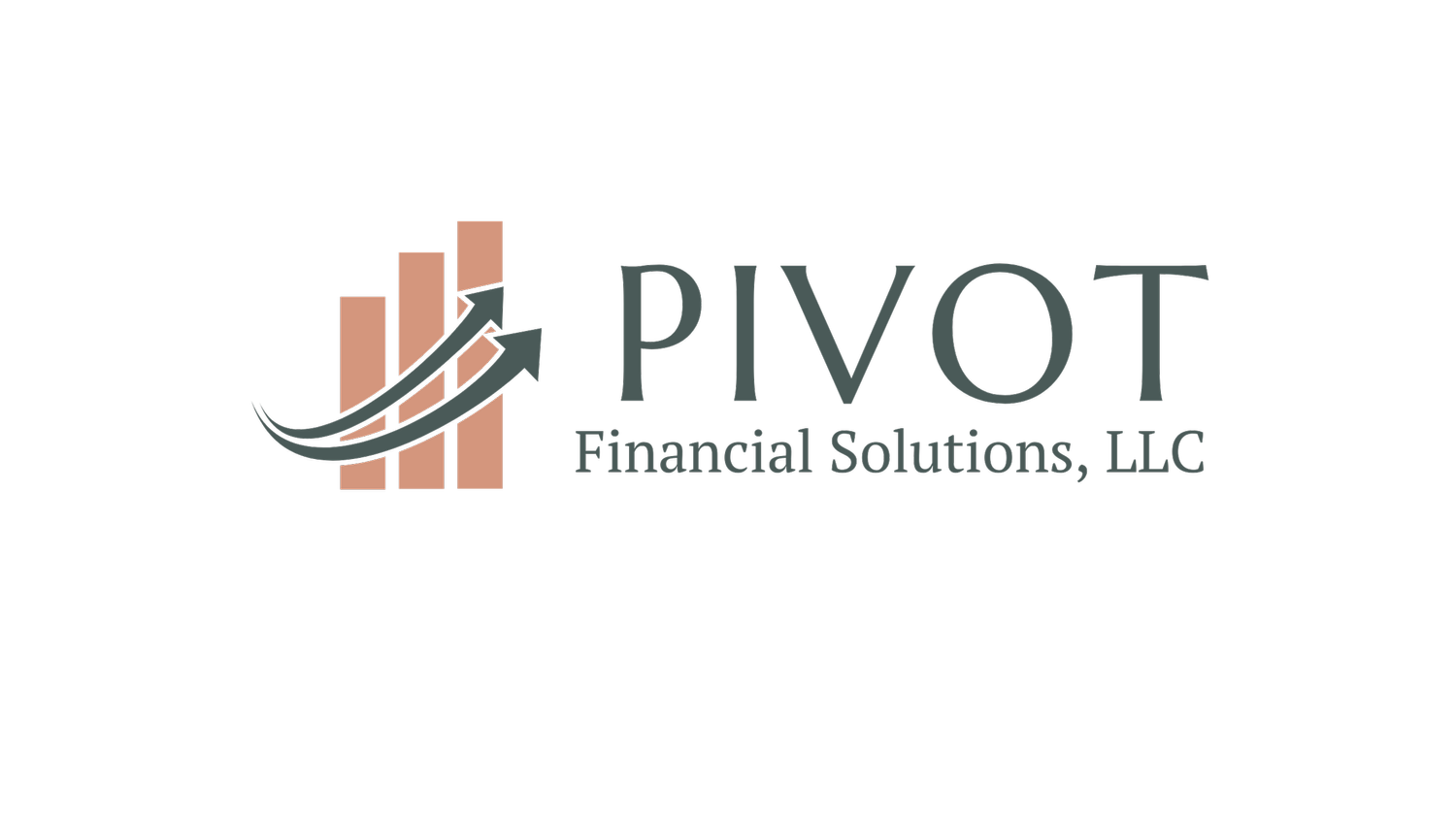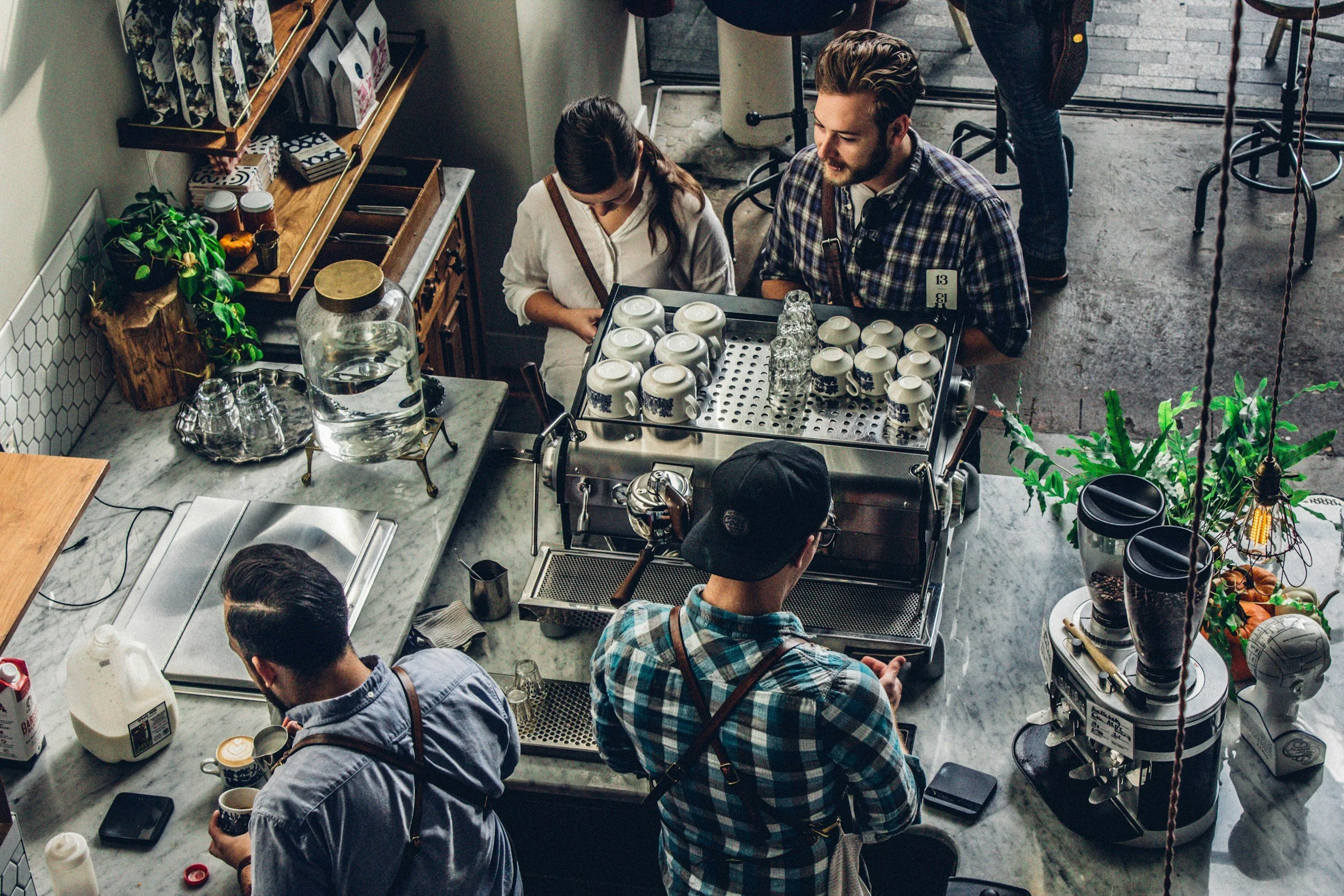Why Your Restaurant Has No Profit (Even When You're Busy)
How Prime Cost Tracking Saved One Restaurant Thousands — And How You Can Do the Same
“We’re Slammed Every Weekend — So Why Don’t We Have Any Money?”
That’s what a restaurant owner asked me during our first financial review.
Their sales were strong, tables were full, and weekend brunch was booked solid.
But when they looked at the bank account… nothing added up.
If you’re in the restaurant industry, this probably sounds familiar. You work nonstop. Your team shows up. The kitchen is moving. But your restaurant profit margin? It’s barely there — or worse, negative.
So we started digging.
What We Found: A Prime Cost Problem
Most restaurant owners know their food cost and maybe their labor cost.
But very few are tracking their prime cost — and that’s the number that tells the real story.
What Is Prime Cost in a Restaurant?
Prime Cost = Food Cost + Beverage Cost + Labor (FOH + BOH)
This includes your most critical and controllable restaurant expenses:
Ingredients
Alcohol and beverage costs
Wages, taxes, and benefits for all staff
If your prime cost is too high, you’re losing profit every single shift — even if your sales are solid.
Prime Cost Benchmarks for Restaurants
How do you know if your prime cost is in the danger zone?
Here are the industry benchmarks:
Full-Service Restaurants: 55%–60% of sales
Quick-Service Restaurants: 60%–65% of sales
This client? Their prime cost was 71%.
That means for every $100 in sales, $71 was going straight to food, drinks, and payroll — leaving almost nothing left for rent, admin, or profit.
The Real Problem Was Timing
The owner wasn’t doing anything “wrong.”
The issue? He was only reviewing financials once a month.
By the time he saw the numbers, the damage was already done.
Here’s what happens when you only look at monthly reports:
You don’t see labor creep until payroll is processed
You miss food waste trends that could’ve been fixed early
You make decisions based on outdated numbers
The Fix: Weekly Prime Cost Tracking
We implemented a simple shift: track prime cost weekly.
Every Monday morning, he’d receive a one-page report showing:
Total sales
Food & beverage COGS
Labor costs
Weekly prime cost percentage
In just 3 weeks, we:
Spotted portioning waste on the prep line
Identified a brunch shift that was overstaffed
Caught a bartender overpouring and retrained the team
Result: Prime cost dropped to 61.5% — saving over $6,000 in one month.
Why Prime Cost Is a Percentage — Not Just a Dollar Amount
Prime cost changes with your sales volume. If you only look at dollar amounts, you’ll miss the real trend.
Using a percentage shows you:
Whether your costs are rising or falling relative to revenue
How efficient your team is at any level of sales
What needs attention — fast
It’s your clearest profitability signal.
Prime Cost Is the Profit Lever You Can Actually Control
You can’t renegotiate your rent every week. But you can control:
Food waste and portioning
Menu pricing
Staffing and labor scheduling
Beverage costs and loss
Small changes to prime cost can make a huge impact on your bottom line.
Start Tracking Your Prime Cost Weekly — Here’s How
You don’t need a CFO on payroll to get this right.
But you do need a system that works.
I’ve built tools that help restaurant owners track prime cost weekly and make better, faster decisions.
👉 Book a free Restaurant Financial Health Call
Or follow this link and I’ll send you your free tool to get started.
About the Author
Jessica Watson is The Restaurant CFO and founder of Pivot Financial Solutions. She helps restaurant owners clean up their books, control costs, and build lasting profitability — without feeling overwhelmed by the numbers.

